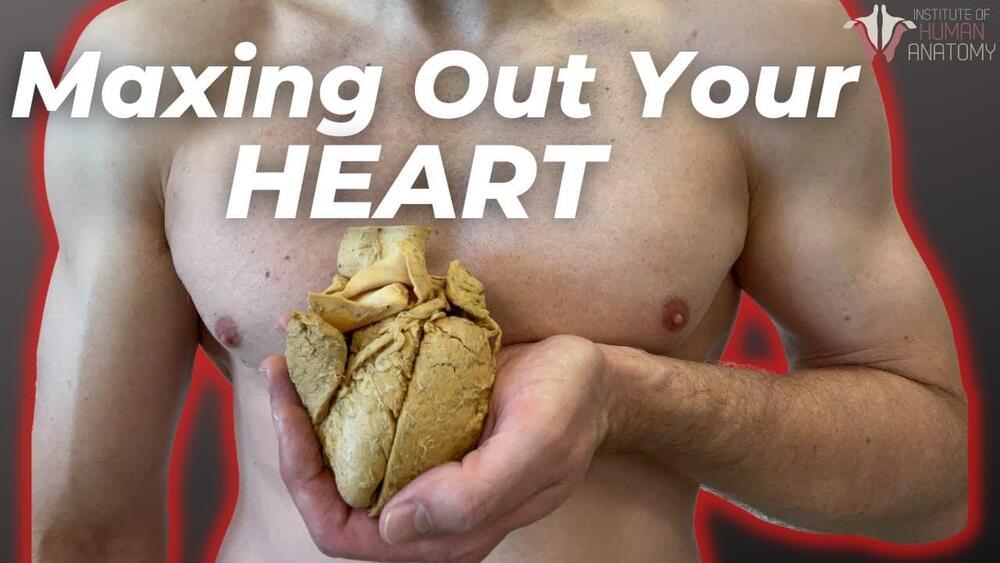Seems like a good fit for this group:
Thanks to YOGABODY Teachers College http://www.yogabody.com/iha for sponsoring this video. Check out their science-based, online yoga certification courses.

Seems like a good fit for this group:
Thanks to YOGABODY Teachers College http://www.yogabody.com/iha for sponsoring this video. Check out their science-based, online yoga certification courses.
Source: Penn State
Understanding the neural interface within the brain is critical to understanding aging, learning, disease progression and more. Existing methods for studying neurons in animal brains to better understand human brains, however, all carry limitations, from being too invasive to not detecting enough information.
A newly developed, pop-up electrode device could gather more in-depth information about individual neurons and their interactions with each other while limiting the potential for brain tissue damage.
Bonn University.
These specialized cells, once thought to merely insulate nerve fibers or maintain proper operating conditions for neurons, are now believed to play a significant role when it comes to understanding our surroundings. This breakthrough discovery was reported in the journal Nature Communications.
A new study identifies cells that are the most vulnerable within a brain structure involved in mood and movement.
Nine military officers who had worked decades ago at a nuclear missile base in Montana have been diagnosed with blood cancer and there are “indications” the disease may be linked to their service, according to military briefing slides obtained by The Associated Press. One of the officers has died.
All of the officers, known as missileers, were assigned as many as 25 years ago to Malmstrom Air Force Base, home to a vast field of 150 Minuteman III intercontinental ballistic missile silos. The nine officers were diagnosed with non-Hodgkin lymphoma, according to a January briefing by U.S. Space Force Lt. Col. Daniel Sebeck.
Missileers ride caged elevators deep underground into a small operations bunker encased in a thick wall of concrete and steel. They remain there sometimes for days, ready to turn the launch keys if ordered to by the president.
By ten years.
An anti-aging gene discovered in a population of centenarians has been shown to rewind the heart’s biological age by 10 years. The breakthrough, published in Cardiovascular Research and led by scientists at the University of Bristol and the MultiMedica Group in Italy, offers a potential target for patients with heart failure.
Associated with exceptional longevity, carriers of healthy mutant genes, like those living in blue zones of the planet, often live to 100 years or more and remain in good health. These individuals are also less prone to cardiovascular complications. Scientists believe the gene helps to keep their hearts young by protecting them against diseases linked to aging, such as heart failure.
Continue reading “Anti-aging gene shown to rewind heart age” »
Alzheimer’s disease, which is the most common form of dementia, is challenging to treat. A possible therapy is deep brain stimulation delivered by a pacemaker-like device. A team of researchers from Charité – Universitätsmedizin Berlin discovered that stimulating a specific network in the brains of Alzheimer’s patients can decrease their symptoms. The study, published in the journal Nature Communications.
<em>Nature Communications</em> is a peer-reviewed, open-access, multidisciplinary, scientific journal published by Nature Portfolio. It covers the natural sciences, including physics, biology, chemistry, medicine, and earth sciences. It began publishing in 2010 and has editorial offices in London, Berlin, New York City, and Shanghai.
Summary: Rilmenidine, a drug commonly prescribed to help treat hypertension can help slow the effects of aging and extend lifespan, a new study reports.
Source: University of Liverpool.
Researchers have found that the drug rilmenidine can extend lifespan and slow aging.
